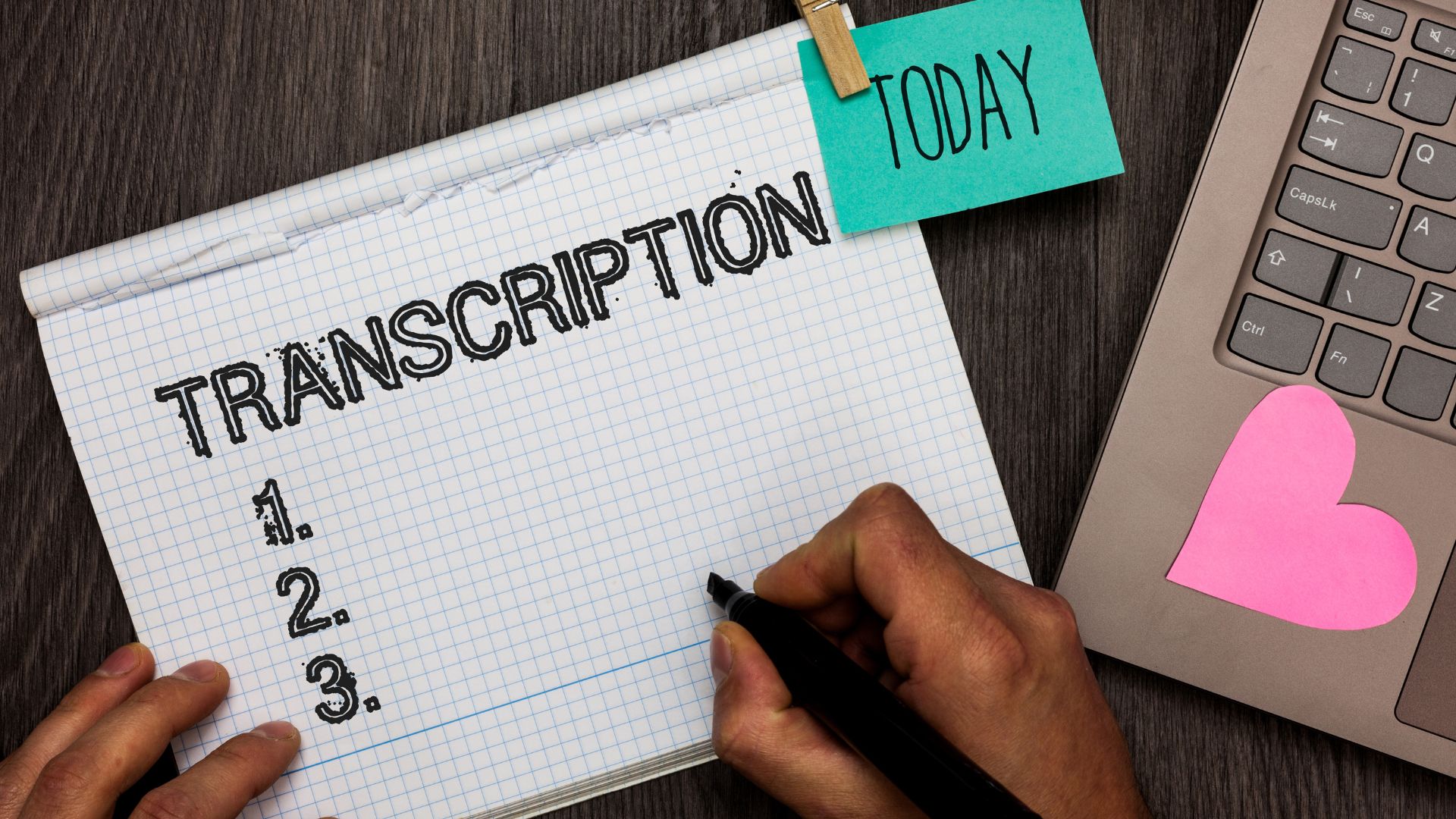In a world dominated by audio content, podcasts have become a driving force in delivering captivating stories, insightful conversations, and valuable knowledge. As podcasters, we constantly strive to connect with new audiences, expand our reach, and leave a lasting impact. One incredibly effective yet often overlooked tool in our arsenal is podcast transcription.
Imagine if your episodes could reach not only the ears but also the eyes of your audience. Transcribing your podcast episodes opens up a whole new world of possibilities. Creating a written form makes your content accessible to those with hearing impairments, boosts your visibility in search engines, and enables you to repurpose your valuable conversations into various forms of engaging content.
In this blog post, we will explore the best ways to generate episode transcripts, unlock their potential, and witness the remarkable impact they can have on your podcast’s growth and success. It’s time to unleash the power of podcast transcripts and amplify your reach like never before.

What Is Podcast Transcription?
Podcast transcription is the process of converting spoken content from a podcast episode into a written format. It involves transcribing the podcast audio, which can be in the form of an audio file or video file, into a text document that captures the dialogue and other audio elements in the entire episode.
This transcript serves as a written record of the podcast episode, allowing it to be read and understood without having to listen to the audio.
Transcription is the act of transcribing or converting spoken words into written form, while a podcast transcript is the end result of that transcription process.
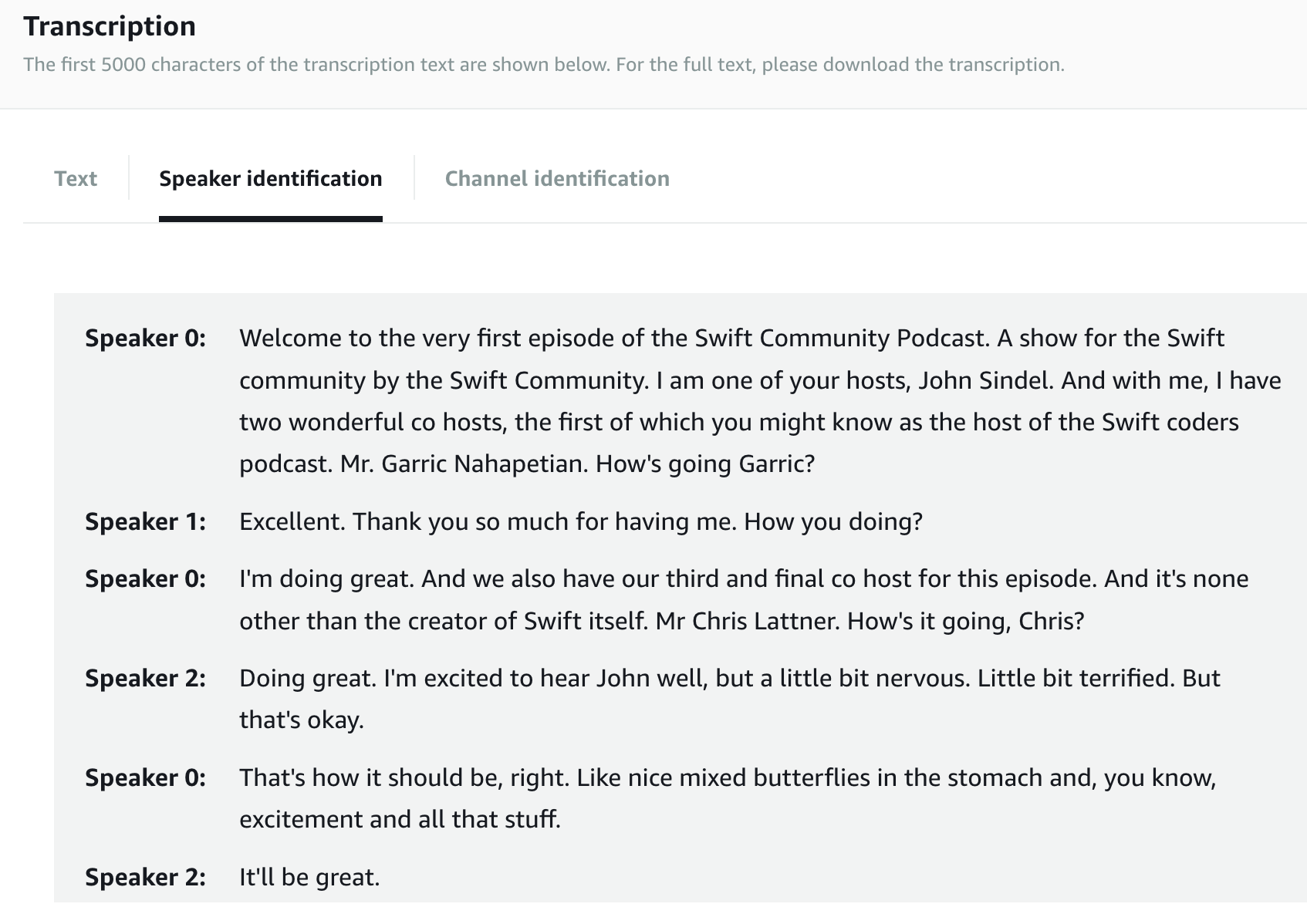
Goal Of Transcribing A Podcast
The ultimate goal of a podcast transcript is to provide a written representation of the audio content, allowing readers to follow along, search for specific information, or refer back to the conversation easily. It aims to capture the essence of the podcast episode while ensuring accuracy and readability.
Forms Of Podcast Transcript
Downloadable Transcripts: Refer to the availability of podcast transcripts in a downloadable format. It means that listeners or website visitors can access the transcripts of podcast episodes and download them to their devices for offline use or further reference.
Embedded Transcripts: Instead of providing a separate download link, you can embed the transcript directly on your website or podcast episode page. This allows listeners to read the transcript while simultaneously listening to the audio.
Interactive Transcripts: Interactive transcripts take the embedding concept a step further by synchronizing the transcript with the audio. Listeners can click on specific sections of the transcript to jump to that point in the episode. This enhances the user experience and makes navigation more convenient.
Captions: Captions are timestamps and text that appear on video content, while captions can be toggled on or off by the viewer. If you have a video podcast or publish video versions of your episodes, adding captions or captions can make your content more accessible and inclusive.
Transcript Highlights: You can create highlights or key moments within your transcript. These highlights can be formatted as bullet points or separate sections, making it easier for listeners to quickly skim through and find the most relevant information or quotes.
The Benefit Of Having A Podcast Transcript
Podcast transcription plays a crucial role in enhancing accessibility, expanding audience reach, and optimizing content for search engines. By providing a written transcript, podcasters can cater to more audiences, repurpose their content, and improve the overall listening experience.
Accessibility
Firstly, they help make the podcast accessible to a wider audience, including non-native speakers or individuals with hearing impairment. The transcripts provide them with the opportunity to read and comprehend all the content of the podcast episodes at their own pace.
Repurposing Content
Additionally, podcast transcriptions enable content creators/ podcast hosts to repurpose their episodes into blog articles, or social media posts on their websites. By transcribing the podcast, they can easily extract key points, quotes, or insights and use them in different formats to reach a broader audience.
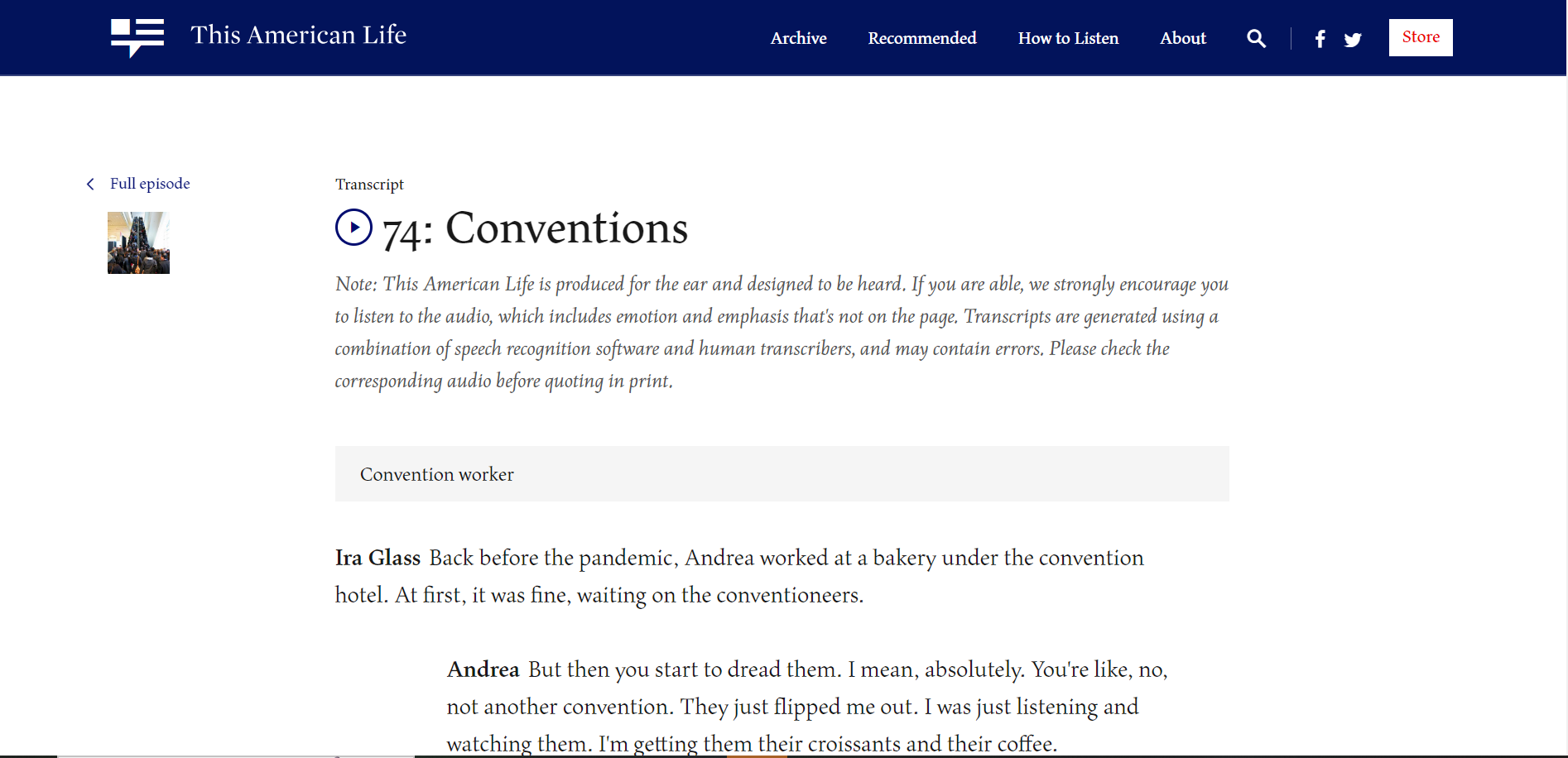
Podcast’s SEO
If you have a podcast website, one effective way to improve podcast SEO (Search Engine Optimization) is by transcribing your podcast episodes.
Creating transcripts for your podcast episodes include Keyword, Internal Linking, and Cross-Referencing. Search engines like Google Search can crawl and index the text from the transcript, making your show become one of the most popular podcasts. This can increase the visibility of the podcast and attract new listeners.
By doing this, you can improve user experience, and increase the discoverability of your podcast content. It’s an effective strategy to attract more organic traffic, expand your audience, and establish your website as a valuable resource within your niche.
Who Needs Your Transcript?
Hard Of Hearing Or Hearing Loss Individuals
Transcripts make your podcast content accessible to individuals who are hard of hearing or deaf. By providing a written version of your audio content, you ensure that everyone can engage with your podcast, including those who rely on text-based communication.
Language Learners
Non-native speakers or individuals learning a new language can greatly benefit from podcast transcripts. Reading along with the audio helps improve language comprehension, vocabulary acquisition, and overall language skills.
Researchers And Academics
Podcast transcripts serve as a valuable resource for researchers, academics, and students who may want to study or reference the content discussed in your podcast. Transcripts provide a searchable and citable source, making it easier to locate specific information within the podcast.
Content Creators And Marketers
As a podcaster, you can benefit from having access to your own podcast transcripts. They can be used to create blog posts, articles, and social media content, or used for writing show notes. Transcripts provide a convenient reference for content creation, ensuring accuracy and consistency in your messaging across various platforms.
How To Create Your Own Podcast Transcript?
What To Include In Your Podcast Transcript?
Dialogue: Transcribe the conversation, including the dialogue between the host(s) and guests, if any. Capture all spoken words, including questions, responses, and any relevant interactions.
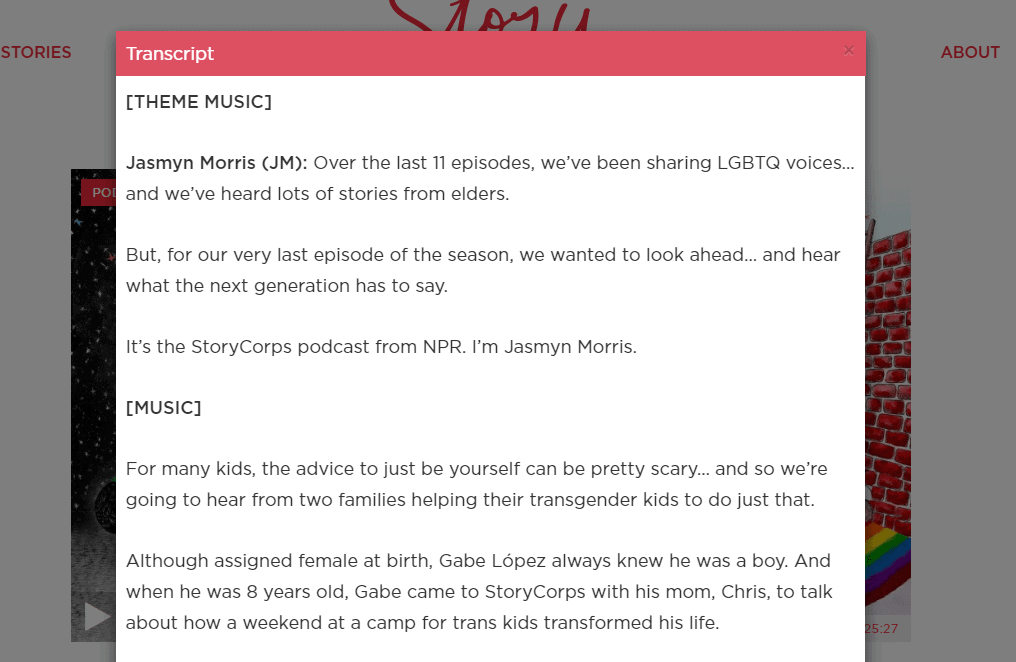
Timestamps: Optionally, include timestamps at regular intervals or at significant points in the episode. Timestamps help listeners navigate the transcript and refer to specific sections easily.
Speaker Identification: Identify speakers in the transcript to differentiate between different individuals. Use labels like “Host,” “Guest 1,” “Guest 2,” etc., to indicate who is speaking.
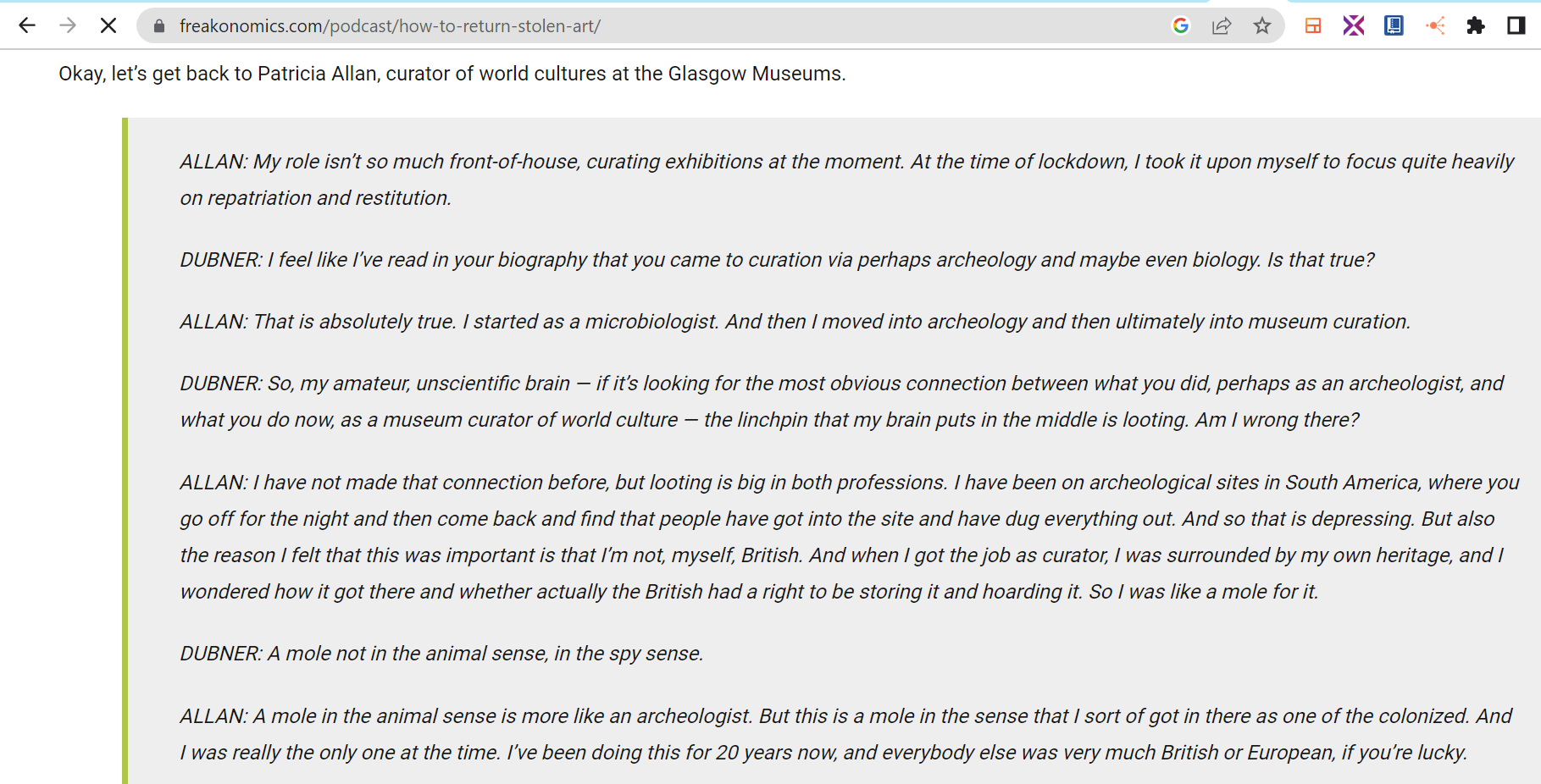
Non-Speech Sounds: Note any non-speech sounds that are significant to the episode, such as music, laughter, sound effects, or pauses. These elements help provide context and enhance the reading experience.
Edit Indicators: If there are any edits or modifications made to the original audio during post-production, such as removing irrelevant content or fixing errors, indicate them in the transcript. Use symbols like “[…]” or “Edited” to highlight these edits.
Manual Transcription
You can transcribe podcasts by listening to your audio/ video file and typing out the spoken words. Many podcasters choose to create podcast transcripts on their own to save money.
While it offers full control over accuracy and captures nuances, it can be time-consuming and tedious because it could take you a few hours to finish, particularly for longer episodes. It requires good typing skills and attention to detail.

Podcast Transcription Services
Transcription services provide human transcriptionists who listen to your podcast episode and transcribe it for you. This option saves time and effort on your part and ensures higher accuracy.
These services often offer quick turnaround times. However, they come with associated costs, and turnaround times can vary depending on the provider. Ensure you choose a reputable service to maintain confidentiality if your podcast contains sensitive content.
Example
- Rev:
Rev is a popular transcription service that offers accurate and reliable human-generated transcripts. They have a large network of professional transcriptionists who transcribe audio and video files with high accuracy.
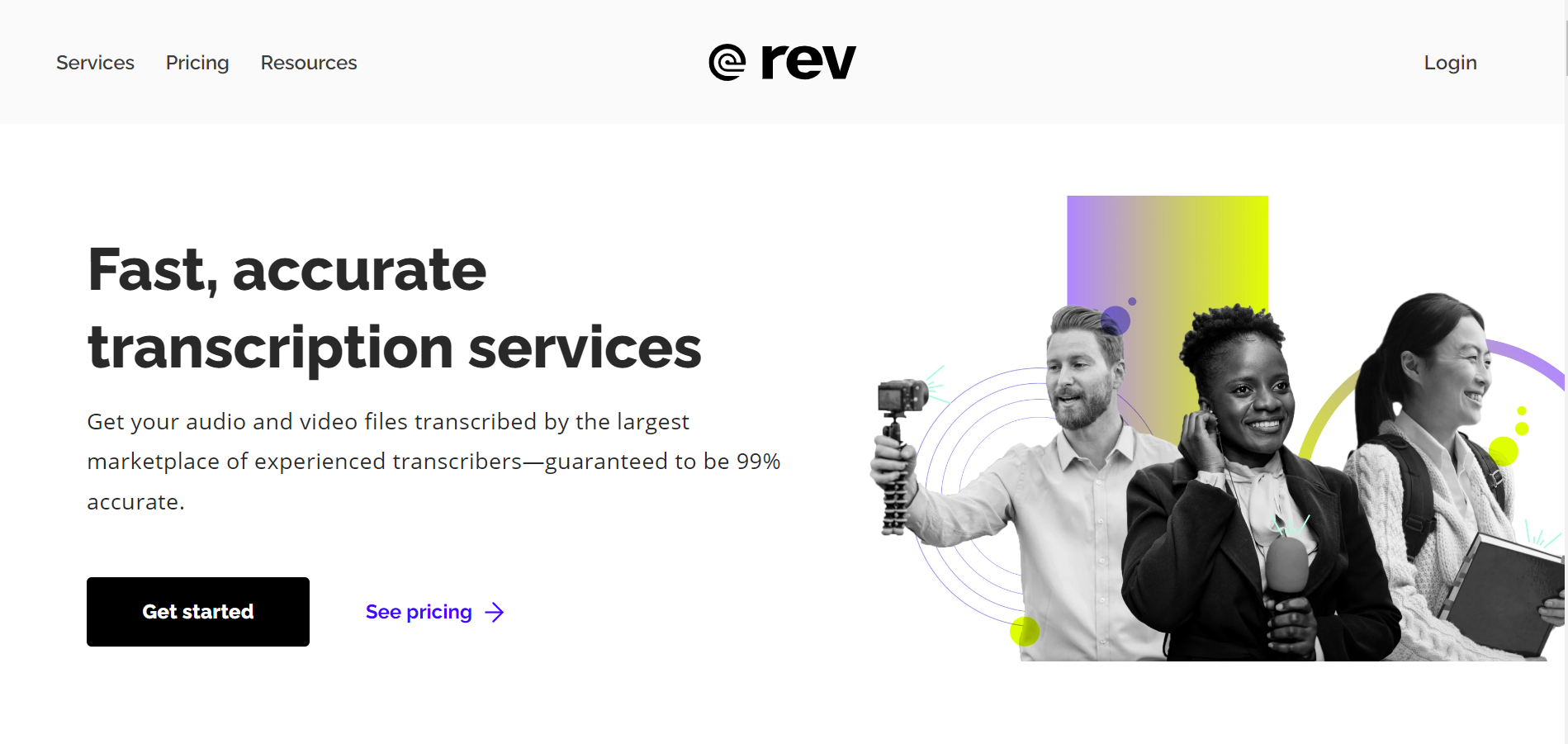
- GoTranscript:
GoTranscript is another transcription service that provides human-generated transcripts. They have a team of skilled transcriptionists who deliver accurate and well-formatted transcripts for various types of content, including podcasts.
- Scribie:
Scribie is known for its human-powered transcription services. They offer a combination of manual transcription and quality checks to ensure accurate and error-free transcripts.
Automated transcription services use speech recognition technology to transcribe your podcast episodes automatically. They offer convenience and are cost-effective compared to manual services.
However, the accuracy may be lower compared to human transcription, especially for non-native speakers, technical terminology, or in the presence of background noise or accents. Automated transcription services are best suited for podcasts with good audio quality and clear enunciation.
Example
Otter.ai is an automated transcription service that utilizes artificial intelligence (AI) to transcribe audio and video files. It offers real-time transcription, speaker identification, and the ability to highlight and search within transcripts.
- Temi:
It uses AI to transcribe video and audio files. It provides quick and affordable transcription solutions, allowing users to upload their files and receive accurate transcripts within a short time frame.
Descript offers an intuitive and user-friendly interface that makes the transcription process easier. It combines audio editing capabilities with transcription features, allowing you to edit the transcript while listening to the corresponding audio. This integration simplifies the workflow and saves time during the transcription process.
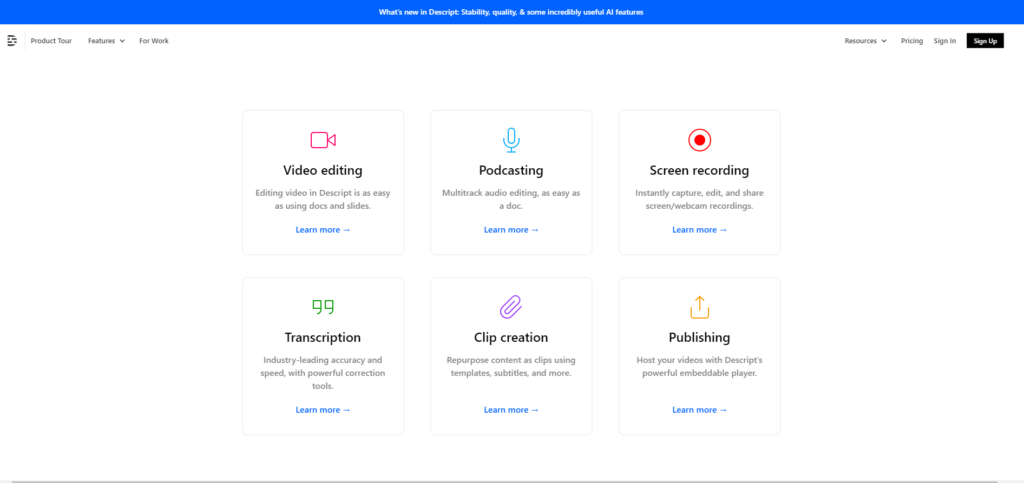
Here’s the Descript Editing process:
Sign up and Install Descript: Visit the website Descript. Sign up for an account. Once you’ve created your account, download and install the Descript application on your computer.
Import Your Podcast Audio: Launch Descript and import your podcast audio file into the software. You can drag and drop the audio file into the Descript project or use the “Import” feature to locate and add the file.
Generate the Transcript: Once the audio file is imported, Descript will automatically transcribe the audio using its built-in transcription feature. This process may take a few minutes depending on the length of the audio.
Edit the Transcript: Descript provides a text editor interface where you can see the transcribed text alongside the audio waveform. You can listen to the audio and make any necessary edits to the transcript. Descript offers features like text correction, deleting sections, adding notes, and more to refine the transcript.
Review and Export: After editing the transcript, review it for accuracy and make any final adjustments. Once you’re satisfied, you can export the transcript in various formats, such as plain text, Microsoft Word, PDF, or captions file formats like SRT or VTT.
Transcription Feature Within Recording Software
Choose a dedicated podcast maker that has this function. Some recording software or podcast hosting platforms have built-in transcription features. These features generate transcriptions directly beneath the audio waveform, making it easy to edit and review.
The accuracy may vary depending on the software used, and the editing options within the transcription feature may be limited. This method is convenient if you prefer an integrated workflow and don’t want to rely on external tools or services.
Closed Captions And Subtitles
Generating closed captions or subtitles for your podcast episodes enhances accessibility and user experience, particularly for video podcast episodes. You can create them manually or use automated captioning tools.
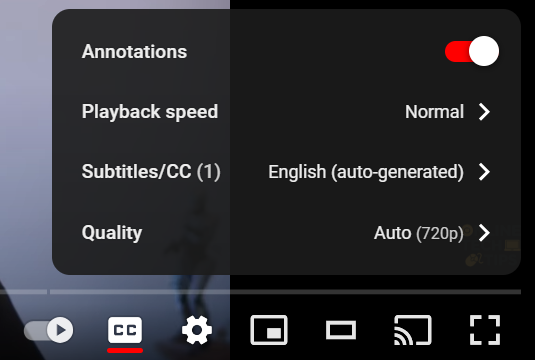
Tips For Easy Transcription
You can easily transcribe your audio files by following these tips:
Create A Clear Audio
Ensure that you have high-quality podcast equipment and choose a quiet space when recording your podcast to minimize background noise and improve audio clarity. Good audio quality makes it easier to understand and transcribe the content accurately.
Indeed, clear pronunciation and speaking clearly are essential factors when it comes to creating an easily transcribable podcast.
Prepare A Transcription Template
Create a transcription template with predefined formatting guidelines, such as speaker labels, timestamps, and text formatting. This helps maintain consistency and saves time during the transcription process.
Familiarize Yourself With The Content
Before starting the transcription, listen to the podcast episode at least once to get familiar with the content, speakers’ voices, and any specific terminology. This familiarity will help you transcribe more accurately and efficiently.

Where To Put Your Podcast Transcript?
Under the episode:
Placing your transcription directly beneath the episode is a highly effective approach to make it easily accessible to your audience. By positioning the transcript directly below the episode, you ensure that listeners can quickly find and engage with the written content associated with the audio.
Website:
Publish the full transcript of each episode on your podcast’s website. This allows visitors to read and engage with the content even if they prefer reading over listening. You can create a dedicated page or include the transcript directly on the individual episode pages.
Show Notes:
Include a summarized version of the transcript in your show notes. This gives listeners a quick overview of the episode’s content and provides them with key points and timestamps for reference.
Podcast Transcript- A Summary
In conclusion, podcast transcription is a valuable tool that can greatly enhance your podcasting journey. By transcribing your episodes, you make your content accessible to a wider audience, improve search engine visibility, and open up opportunities for repurposing your transcripts into various forms of content.
Whether you choose to use automated transcription services or opt for manual transcription by a professional, there are options available to suit your needs and budget. Automated services offer convenience and speed, allowing you to generate transcripts with just a few clicks. However, they may lack the accuracy and precision that a human transcriptionist can provide.
On the other hand, podcast transcriptions created by humans may require more time and effort, but they ensure higher accuracy and can be particularly beneficial for podcasts with complex or technical content.
Regardless of the method you choose, incorporating podcast transcript into your podcasting workflow can significantly benefit your audience, improve engagement, and boost your discoverability. So why not take advantage of this powerful tool and unlock the full potential of your podcast? Start transcribing today and see the positive impact it can have on your show.
Want more podcasting advice? I Can Help You!
With my services, I can help you make your podcast dream come true. From recording, hosting and especially editing, you can focus fully on producing quality content and leave the burden to my team.
Need More Support? Book a Free Consultation NOW!
Podcasters out there, if you have your podcast community with dedicated listeners, it’s time to turn them into loyal buyers! Let me help you with 5 secrets in my FREE E-book!
Don’t miss out on this opportunity to boost your podcast’s revenue.

